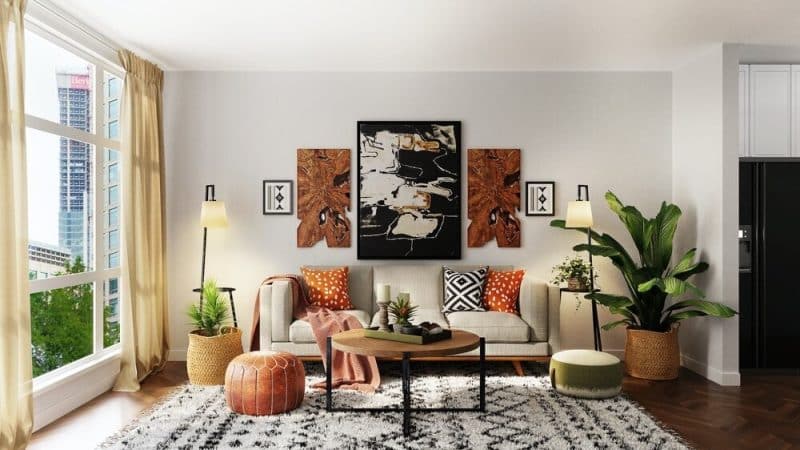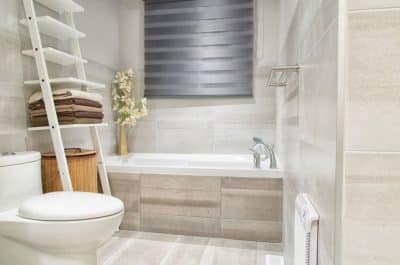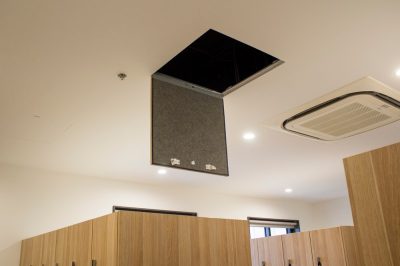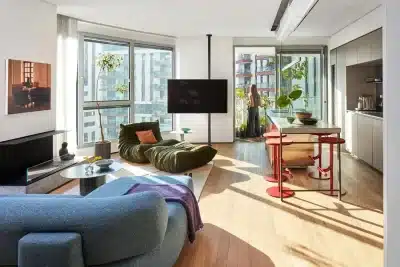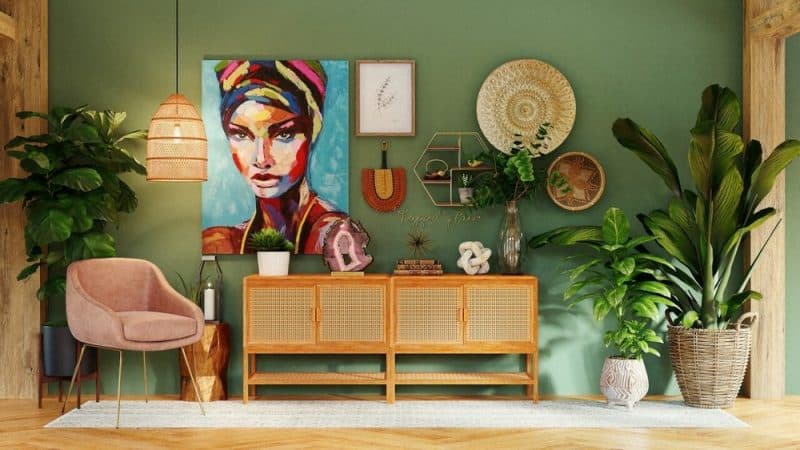
Pattern mixing in home decor is an art that can transform ordinary spaces into spectacular places. By skillfully combining patterns, colors, and textures, you can create a vibrant and unique room that reflects your style and personality. Although choosing the right pieces to mix is an art in itself, it’s crucial to strike the right balance between creativity and harmony.
Current Trends in Pattern Mixing
Bold and Eclectic Approaches: In modern interior design, minimalism is gradually giving way to more vibrant and eclectic styles. This trend emphasizes combining patterns and colors that may initially seem contrasting but, when integrated correctly, create a lively and personalized space. For example, bold geometric patterns paired with rich textures add depth and visual complexity to the room.
Art and Nature-Inspired Patterns: Recent years have seen a rise in art-inspired patterns, such as those influenced by Pop Art, as well as biophilic designs that bring nature indoors. These patterns not only add dynamic energy to a space but also create a connection between the interior and the natural world, promoting well-being and vitality.
Oversized Patterns: Large-scale patterns, such as oversized florals or large abstract art, are trending in interior design. These are used to create dramatic focal points in rooms, whether through wallpaper or upholstered furniture. These patterns add visual impact and can completely transform the ambiance of a room.
Combining Textures and Patterns: A key element in contemporary interior design is the intelligent combination of textures and patterns. Rich textures like bouclé or velvet can add a tactile dimension to the decor, complementing patterns and offering both comfort and sophistication. These combinations create spaces that not only look good but also feel inviting and engaging.
Do’s of Pattern Mixing
Start with a Neutral Base: A neutral base, such as walls, floors, or large furniture pieces in tones like white, beige, or gray, provides a solid foundation for applying various patterns and colors without overwhelming the space. Neutrals evoke feelings of serenity and elegance, making them an excellent starting point for a balanced design.
Choose a Dominant Pattern: Identify a main pattern to serve as the central theme of the room. This could be a vibrant floral pattern, a geometric motif, or striking stripes. The dominant pattern will unify the other design elements, bringing cohesion and harmony to the space.
Experiment with Color Palettes: Play with different color combinations to highlight various patterns. A well-chosen color scheme can visually link diverse patterns, creating a balanced and harmonious design. For instance, nature-inspired color palettes, like deep greens and blues, add a sense of calm and visual continuity.
Use Textures for Balance: Textures are a crucial element in modern interior design. Combining textures with patterns adds depth and visual interest. For example, a bouclé sofa paired with velvet pillows can create a pleasant contrast and a sense of comfort and sophistication. These elements provide both visual appeal and a welcoming atmosphere.

Don’ts of Pattern Mixing
Avoid Clashing Colors and Patterns: Steer clear of patterns and colors that visually clash, as they can create chaos and disrupt the overall harmony of the room. Choose patterns that complement each other and fit well within the chosen color scheme.
Don’t Overwhelm the Space: Even though pattern mixing is trendy, it’s important not to overdo it. Too many patterns can overwhelm the space and create a cluttered effect. Select a few key patterns and let them be the focal point of the design.
Pay Attention to Balance and Harmony: Ensure that the arrangement of patterns maintains a visual balance in the room. It’s essential that no corner of the room is too crowded or too dominant, keeping the overall harmony intact.
Tips for Successful Pattern Mixing
Play with Pattern Sizes: One key to successful pattern mixing is varying the sizes of the patterns. Large-scale patterns can be balanced with smaller ones, creating a visually pleasing effect and avoiding monotony. For example, you can pair a large geometric wallpaper with small floral decorative pillows to create a dynamic and interesting space.
Integrate Classic Patterns: Don’t be afraid to use classic patterns like stripes, checks, or polka dots. These can be combined with modern elements to create a timeless and versatile design. Stripes, for example, can add structure and rhythm to a space, while checks can offer a playful yet traditional touch.
Add a Surprise Element: A creative way to transform a space is by introducing a surprise element, such as a bold pattern on the ceiling or an accent wall. This technique adds a “wow” factor and can completely change the perception of a room.
Conclusion
Pattern mixing in interior design is an art that requires both creativity and a fine sense of balance. By following these tips and staying attuned to current trends, you can create spaces that not only reflect your personal style but also impress with their visual complexity and beauty. Whether you’re a novice decorator or an experienced designer, pattern mixing has the power to transform any space into a visual and stylistic haven.
